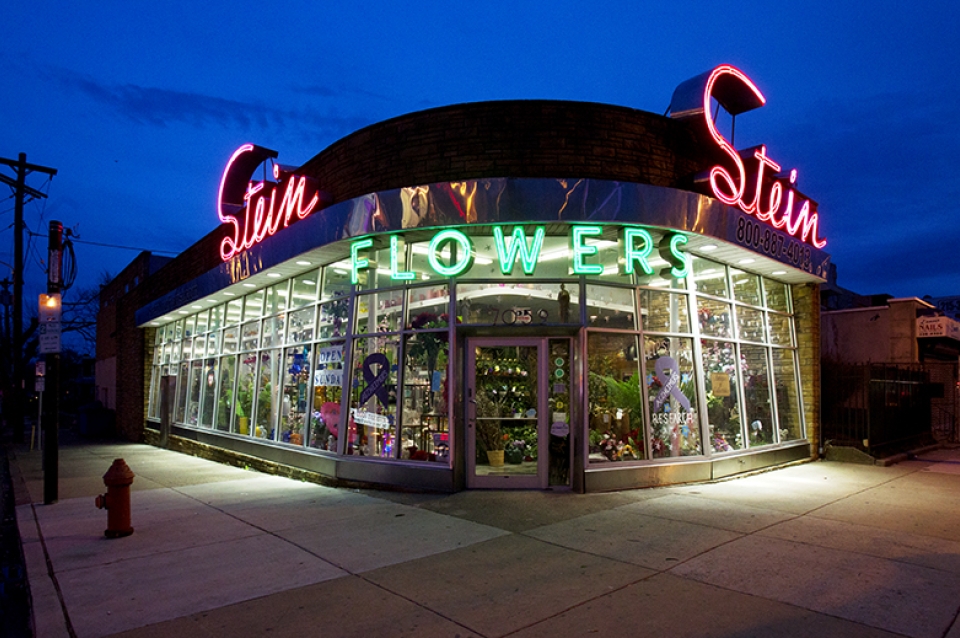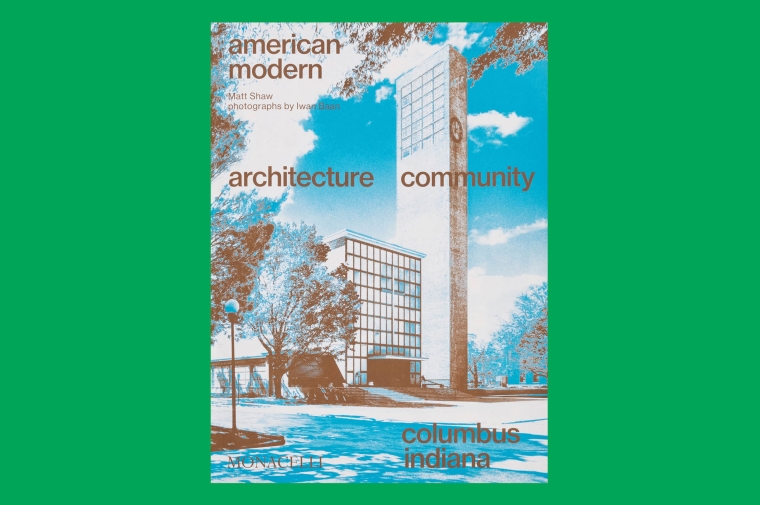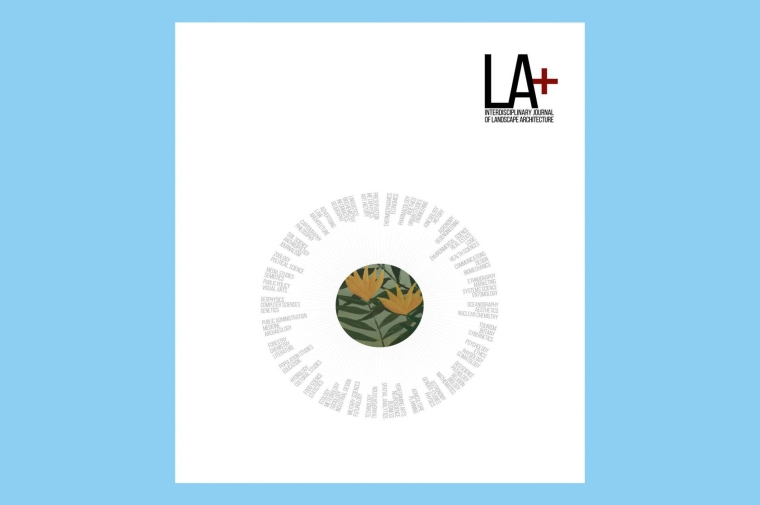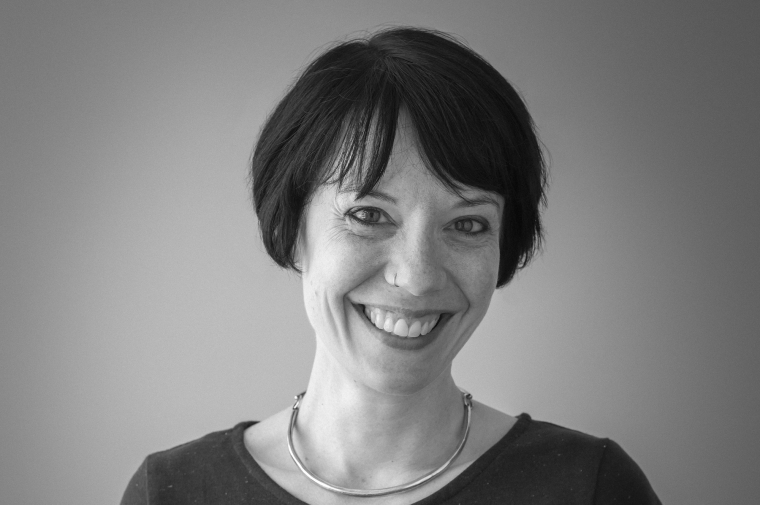February 8, 2016
Stuart Weitzman School of Design
102 Meyerson Hall
210 South 34th Street
Philadelphia, PA 19104
Get the latest Weitzman news in your Inbox
Media Contact
Michael Grant
mrgrant@design.upenn.edu
215.898.2539
In an article for the Winter 2016 issue of Context: The Journal of AIA Philadelphia, excerpted here, William Whitaker, Curator and Collections Manager at PennDesign’s Architectural Archives, calls attention to the design merit and cultural significance of quotidian buildings that form the architectural character of Philadelphia.
Take a walk along Chestnut Street or a drive down City Avenue and you’ll find them. Even better, stand at the corner of Cottman and Castor in the Northeast for a panoramic view. There, and in countless other locations throughout the Philadelphia region, a remarkably vital architectural legacy can be discovered—conceived in the optimistic mid-twentieth century and responsive to the changes in modern life that were then reshaping the American landscape. But you probably won’t find them in books of architectural history.
Philadelphia has its share of exceptional buildings—ones that can be found in those history books. Louis Kahn’s Richards Laboratory and Robert Venturi’s Mother’s House are two iconic examples of the role that the city’s architects played in defining (and redefining) architecture internationally during the second half of the twentieth century. But focusing on those luminous examples and other works of the so-called “Philadelphia School” risks missing the vibrant, everyday modernism of the Philadelphia neighborhood: the corner store, the health center, and the filling station.
Also of note along City Avenue are two modern hospitals (Philadelphia Psychiatric by Louis Kahn, 1954, and Lankenau by Vincent Kling, 1959); numerous private houses and apartment buildings (complete with cabana clubs), synagogues and churches, shopping centers, and branch banks, including the now lost Cayuga Federal Savings Bank (Martin and Ross, architects; built 1958).
While the City Line “Golden Strip” shows Philadelphia getting up to speed with the changes to the commercial and residential landscape that were happening across America, our hometown love affair with the automobile was perhaps best seen in the redoubtable trio of “Manny, Moe, and Jack.” The larger than life statues that once surmounted the Pep Boy’s store on North Broad Street recall the monumental, allegorical sculptures of nineteenth century civic buildings. The comparison with City Hall’s iconic William Penn statue (located a short distance away and within sight), while amusing, is also indicative of the borrowing that is a central characteristic of commercial architecture. The line between high civic aspirations and the everyday banter of Main Street is wonderfully blurred.
These examples of everyday modernism in Philadelphia are every bit as interesting as those found, more expectedly, in the car-centered cities of the American West – however tempered ours might be by the local historic context and the realities of icy winters. In fact, our historic context makes the juxtapositions between new and old more complex and interesting.


 Expand Image
Expand Image



